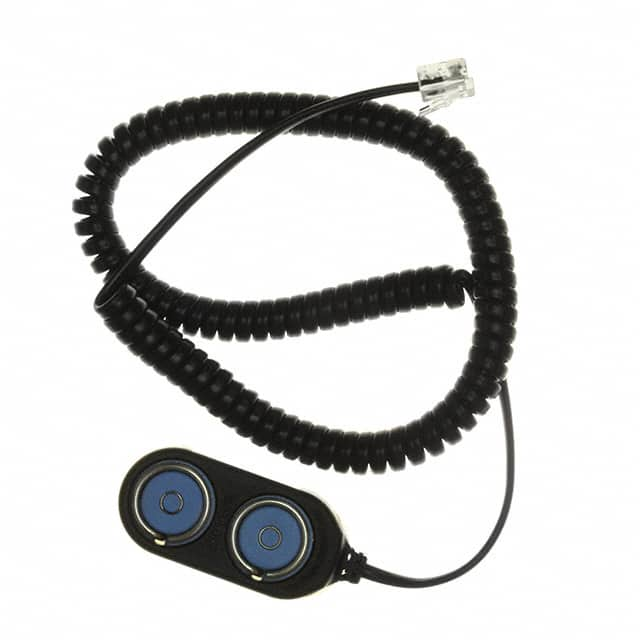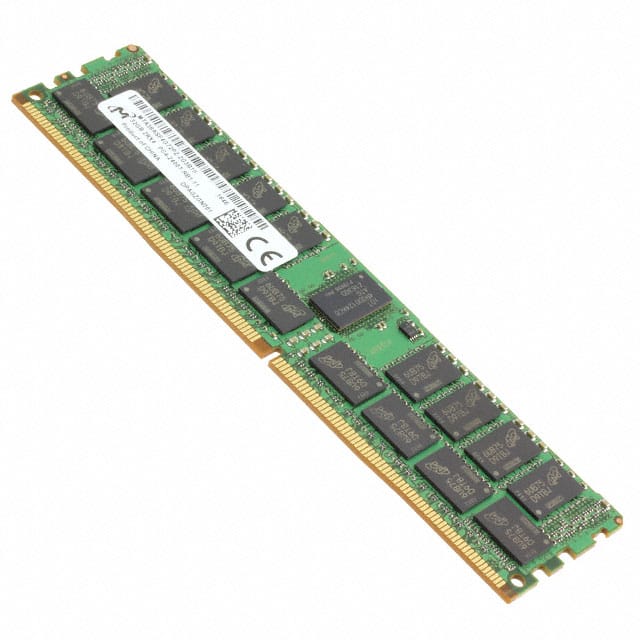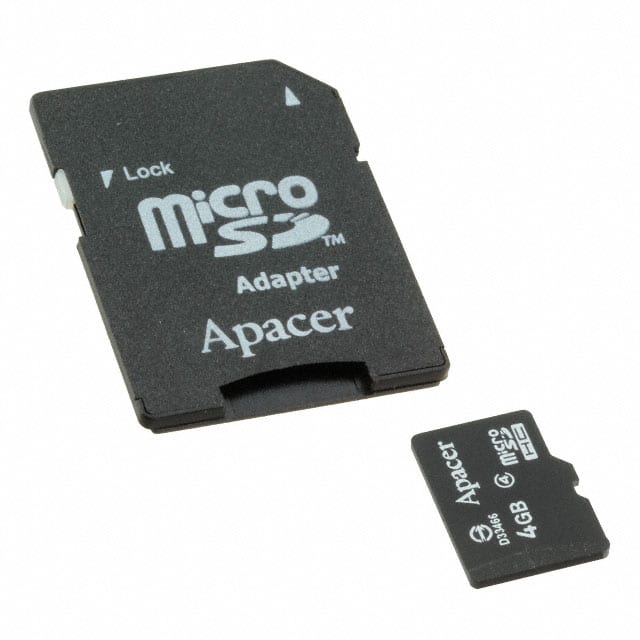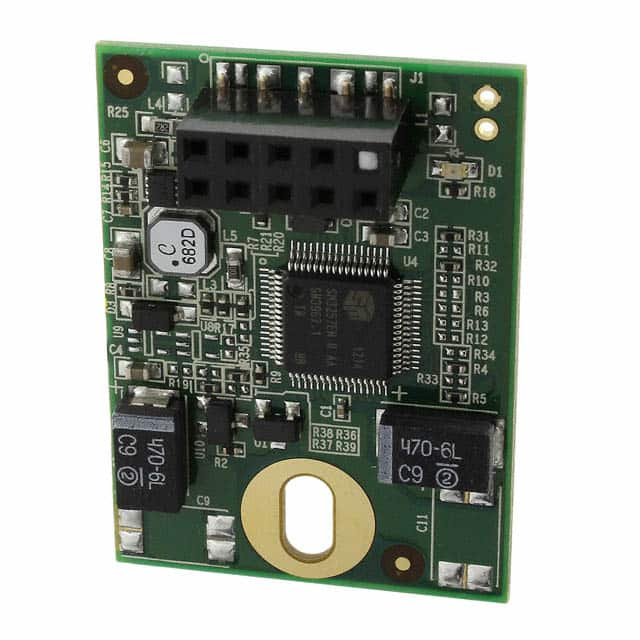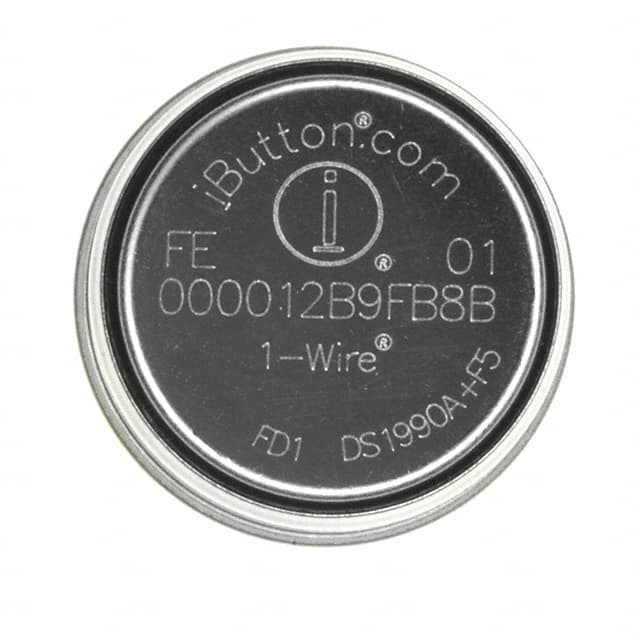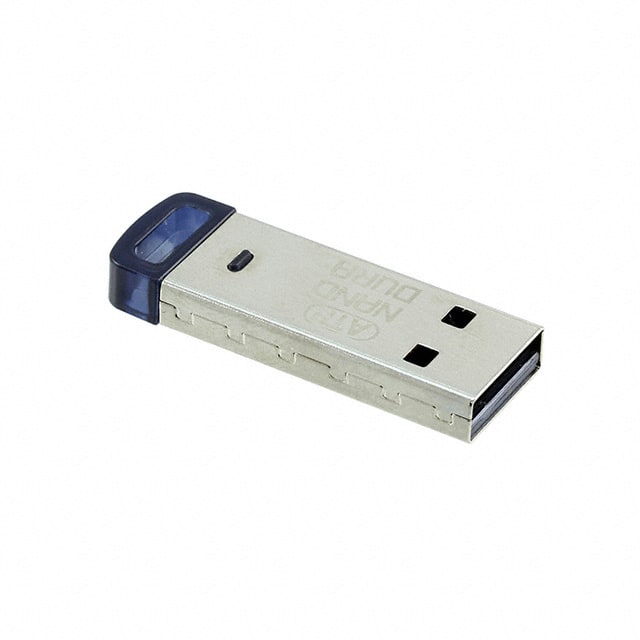Memory card and module definition
A memory card is a removable storage medium used to store digital data. These cards typically use solid-state storage technology, such as flash memory, and can be used to store photos, music, videos, documents, and other files. Memory cards come in a variety of sizes and formats, including SD cards, MicroSD cards, CF cards, and Memory Sticks.
A module usually refers to an independent functional unit that contains one or more components to achieve a specific task or function. In computers and electronic devices, modules can be hardware modules, such as memory modules, expansion cards, or sensor modules, or software modules, such as plug-ins or libraries.
Modular designs allow equipment or systems to be more easily maintained, upgraded, and customized because they can be added, replaced, or upgraded without having to modify the entire system.
What are the three types of memory cards?
SD card (Secure Digital card): SD card is a common memory card format used in cameras, smartphones, tablets, music players and other devices. They come in standard SD, MicroSD and MiniSD card sizes, with different storage capacities and speed levels.
CF Card (CompactFlash Card): CF cards are commonly used in cameras and professional photography equipment. They are larger than regular SD cards and therefore can hold more data. CF cards are also known for their high-speed performance and can be used for high-resolution photo and HD video capture.
Memory Stick: Memory Stick is a memory card standard introduced by Sony and is commonly used in Sony devices, such as Sony cameras and PlayStation game consoles. It comes in different versions, including Memory Stick Pro, Memory Stick Duo, etc., suitable for different devices.
What are memory cards made of?
Chip (Memory Chip): This is the core component of the memory card and is used to store data. Chips typically use flash memory technology, including NAND or NOR flash. The different types and configurations of these chips determine the memory card's storage capacity and performance.
Case: The case is the physical packaging for the memory card, usually made of plastic or metal. The casing protects the internal chip and provides physical support and an interface to connect the memory card to the device.
Interface: The interface on a memory card is a set of connection pins that allow the memory card to communicate with devices that support the same interface standard. Different types of memory cards have different interfaces. For example, SD cards use the SD interface and CF cards use the CF interface.
Controller: A memory card's controller is a tiny chip that manages data storage and access. It includes functions such as managing storage space, performing read/write operations, error correction, and communicating with devices.
What is the function of memory card
Data Storage: Memory cards are used to store various digital data such as photos, audio files, videos, documents, applications, etc. This data can be stored on the memory card for a long time and can be read and written at any time.
Expanded storage capacity: Memory cards can be used as additional storage space for mobile devices, helping users expand the internal storage capacity of the device. This is especially useful for devices with limited internal storage.
Data transfer: Memory cards allow users to easily transfer data, such as photos from a digital camera to a computer, or music files from a computer to a mobile phone. Memory cards enable data transfer through corresponding interfaces between devices.
Backup and store data: Users can copy important data to the memory card for backup and protection. This helps avoid data loss or corruption, especially if the device malfunctions or needs to be reset.
Portability: Memory cards are usually very small and easy to carry. Users can carry the memory card in their pocket or wallet to share data between different devices.
Multimedia Usage: Memory cards are widely used in multimedia devices such as cameras, music players, and digital video recorders to store photos, music, and videos.
App expansion: Some mobile devices can use a memory card to expand the installation space of applications, which is especially useful for devices such as smartphones and tablets.
What is SD card module
The SD card module is an electronic device used to interact with SD memory cards, allowing data to be read and written. The module includes an SD card slot, voltage regulator, data interface and connection pins. It is often used with microcontrollers or other electronic devices for various applications such as data logging and embedded systems.
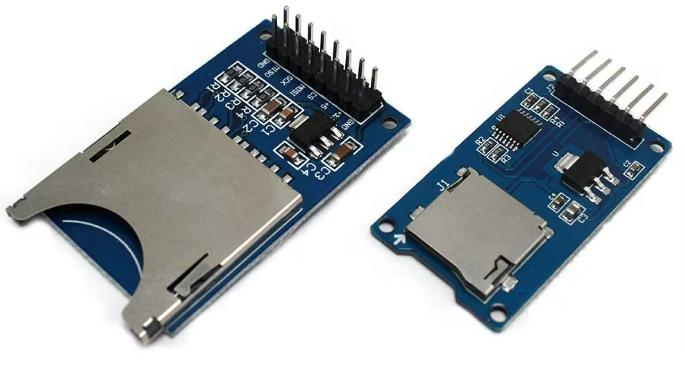
What is the difference between SD card and memory card
SD card and memory card actually refer to the same thing, just with different names. SD card is the abbreviation of "Secure Digital Card", which means "Secure Digital Card" and is a type of memory card.
Memory card is a more general term used to describe a variety of removable memory cards, including SD cards, MicroSD cards, CF cards, Memory Sticks, and more. So, SD card is a type of memory card and they are essentially the same.
Is the SIM card a memory card?
SIM cards and memory cards are different. SIM cards are used for authentication and connecting to mobile networks, while memory cards are used to expand the storage capacity of the device.
What is the difference between SIM card and memory?
SIM cards are used for connection to mobile communication networks, authentication and communication, while memory cards (memory cards) are used to expand the storage capacity of the device and are used to store data. There are obvious differences in their functions and uses.

 My Cart
My Cart
